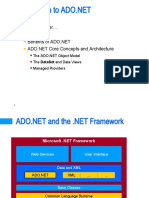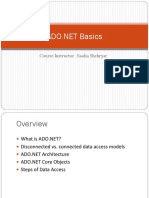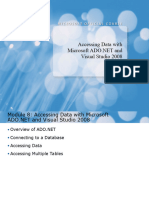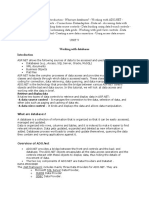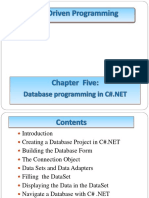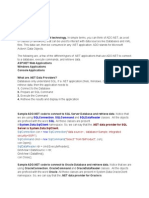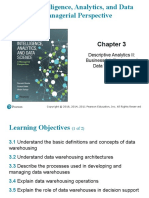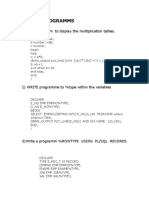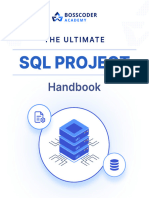0% found this document useful (0 votes)
12 views58 pages11 Data Access Part I-1
Uploaded by
Farah JahangirCopyright
© © All Rights Reserved
We take content rights seriously. If you suspect this is your content, claim it here.
Available Formats
Download as PPT, PDF, TXT or read online on Scribd
0% found this document useful (0 votes)
12 views58 pages11 Data Access Part I-1
Uploaded by
Farah JahangirCopyright
© © All Rights Reserved
We take content rights seriously. If you suspect this is your content, claim it here.
Available Formats
Download as PPT, PDF, TXT or read online on Scribd
/ 58


